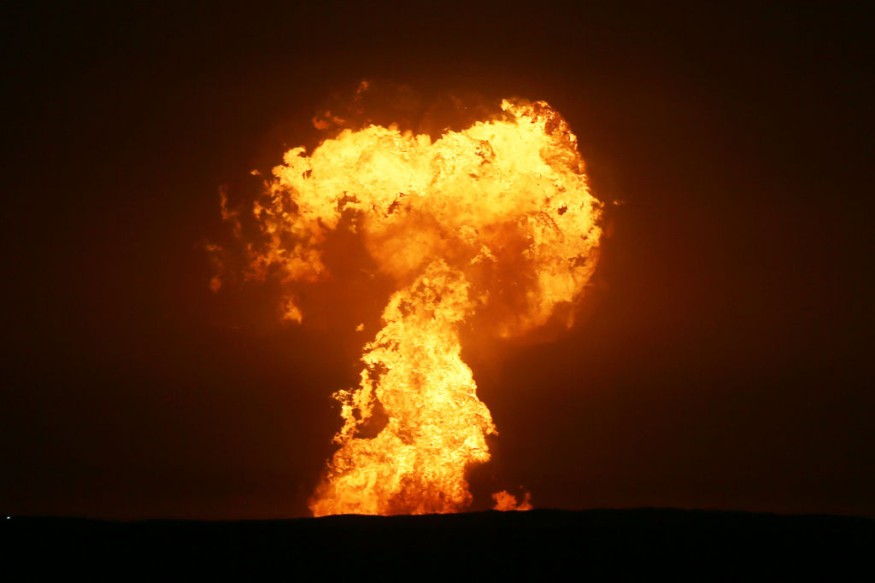
On Sunday (July 4), A massive explosion was witnessed in the Caspian Sea off the coast of Azerbaijan, sending clouds of black smoke and flames into the sky.
Who's at fault? According to the BBC, the explosion happened at 9:30 p.m. local time (1:30 p.m. ET, 5:30 p.m. UTC) around 6 miles (10 kilometers) from the Umid gas field, which is 45 miles (75 kilometers) off the coast of Azerbaijan's capital Baku, and it burned until Monday morning.
According to The Guardian, the area was densely populated with oil and gas facilities.
The state oil firm SOCAR subsequently reported that early investigations had shown that the source of the explosion was a mud volcano, furthermore, no oil plants were damaged, and no one was hurt.
Mud Volcanos in the Caspian Sea
The Caspian Sea is home to 400 of the world's estimated 1,000 mud volcanoes, which spew mud as well as flammable gas. Because Azerbaijan is known as the "Land of Fire." Underground oil and natural gas reserves are active since the 13th century.
Mud volcanoes are comparable to regular volcanoes but lack lava. They are created by hot water deep inside the Earth mixing with rocks and minerals; when they erupt, this combination is pushed to the surface and might catch fire.
Mark Tingay, a mud volcano specialist and adjunct associate professor at Australia's University of Adelaide, said the explosion "certainly could be a mud volcano" and that the area "roughly fits" with Makarov Bank, a mud volcano that exploded in 1958, releasing a column of flame 500-600 meters high and 150 meters wide.
While it is unknown how a mud volcano might spontaneously catch fire, one idea is that it occurs when a combination of combustible gases is ignited by sparks from hitting boulders.
How do mud volcanoes form beneath the sea?
Mud volcanoes are a deadly and unpredictable occurrence, but scientists now have a better grasp of how some of them originate and evolve.
More than 1,000 mud volcanoes have been discovered worldwide, both on land and under sea. The most well-known eruption, known as Lusi, started in 2006 in Indonesia and buried neighboring communities in thick mud. Arthur Blouin of the French Research Institute for the Exploitation of the Sea in Plouzané and his colleagues investigated a mud volcano in the Caspian Sea, a hotspot for oil and gas development and home to the world's densest concentration of such volcanoes.
The researchers modelled how stored methane in the site's sediments may cause changes in pore pressure, leading mud to develop 3.5 kilometers beneath the sea bottom and begin rising. They estimate that it will take around 100 years for the mud to reach the sea floor and explode.
According to the scientists, understanding what causes the mud to develop and how long it takes to reach the surface might help researchers improve forecasts of future eruptions.
© 2025 NatureWorldNews.com All rights reserved. Do not reproduce without permission.





